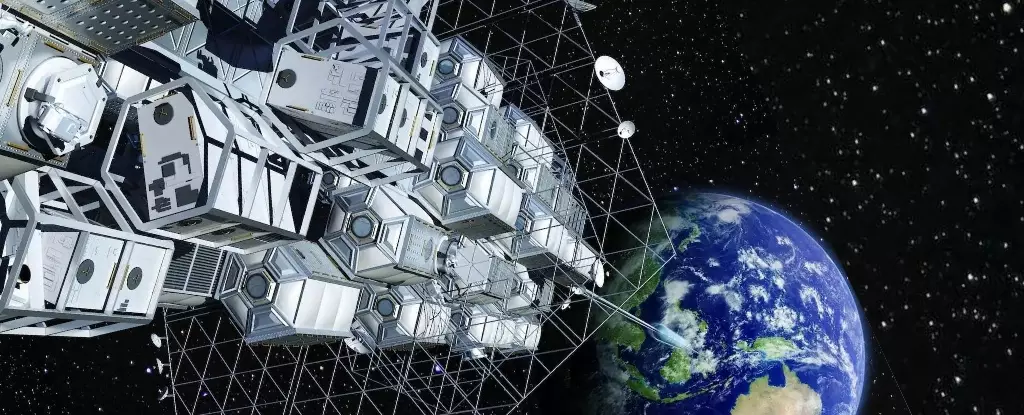Picture a future where a long tether connects Earth to space, creating a pathway that could transport us to orbit with reduced costs and increased speed. This is the vision behind a space elevator. Instead of taking months to reach distant planets like Mars, a space elevator could potentially cut those travel times to a fraction. Although the concept of space elevators is not new, the actual engineering and construction of such a structure present significant challenges beyond just technological barriers. The idea of building a space elevator has only recently gained serious momentum, with companies like Obayashi Corporation in Japan spearheading the effort.
The traditional method of launching objects into space using rockets is incredibly expensive. The high costs are mainly attributed to the heavy fuel requirements dictated by the rocket equation. In contrast, a space elevator offers a promising alternative that eliminates the need for rockets and fuel. By utilizing electromagnetic climbers to transport cargo into orbit, space elevators could significantly reduce the cost of transporting goods to space. Estimates suggest that the cost per pound could drop to as low as $57, making space travel more accessible and affordable. Furthermore, space elevators could provide a safer and more environmentally friendly mode of transportation compared to conventional rockets.
One of the primary obstacles to building a space elevator lies in determining the optimal material for the tether or tube. The tremendous tension exerted on the structure necessitates the use of exceptionally strong yet lightweight materials. While traditional materials like steel would require an unfeasible amount for construction, carbon nanotubes have emerged as a potential solution. Despite being incredibly strong and lightweight, the current length limitations of nanotubes pose a significant challenge. To reach the required 22,000-mile length for a space elevator tether, researchers must develop novel materials that can withstand such extreme conditions.
In addition to material challenges, space elevators face various technical and environmental obstacles. The tether’s susceptibility to snapping under tension and risks posed by lightning strikes or severe weather conditions present significant concerns. Locating the tether base at the equator to minimize weather-related risks also comes with its own set of challenges, such as security concerns in open ocean locations. Overcoming these hurdles will require collaboration across industries and research disciplines to ensure the viability and safety of space elevator projects.
Despite the ambitious goals set by companies like Obayashi Corporation to operationalize a space elevator by 2050, the road ahead is fraught with uncertainties and complexities. From technological advancements to fundraising challenges, the timeline for building a space elevator remains contingent on various factors. Developing innovative materials, addressing safety concerns, and fostering partnerships across sectors will be essential in realizing the potential of space elevators as a revolutionary mode of space transportation. While the vision of a space elevator offers tantalizing prospects for the future of space travel, navigating the intricate web of technical, environmental, and economic challenges will require a concerted effort from the global space community.


Leave a Reply